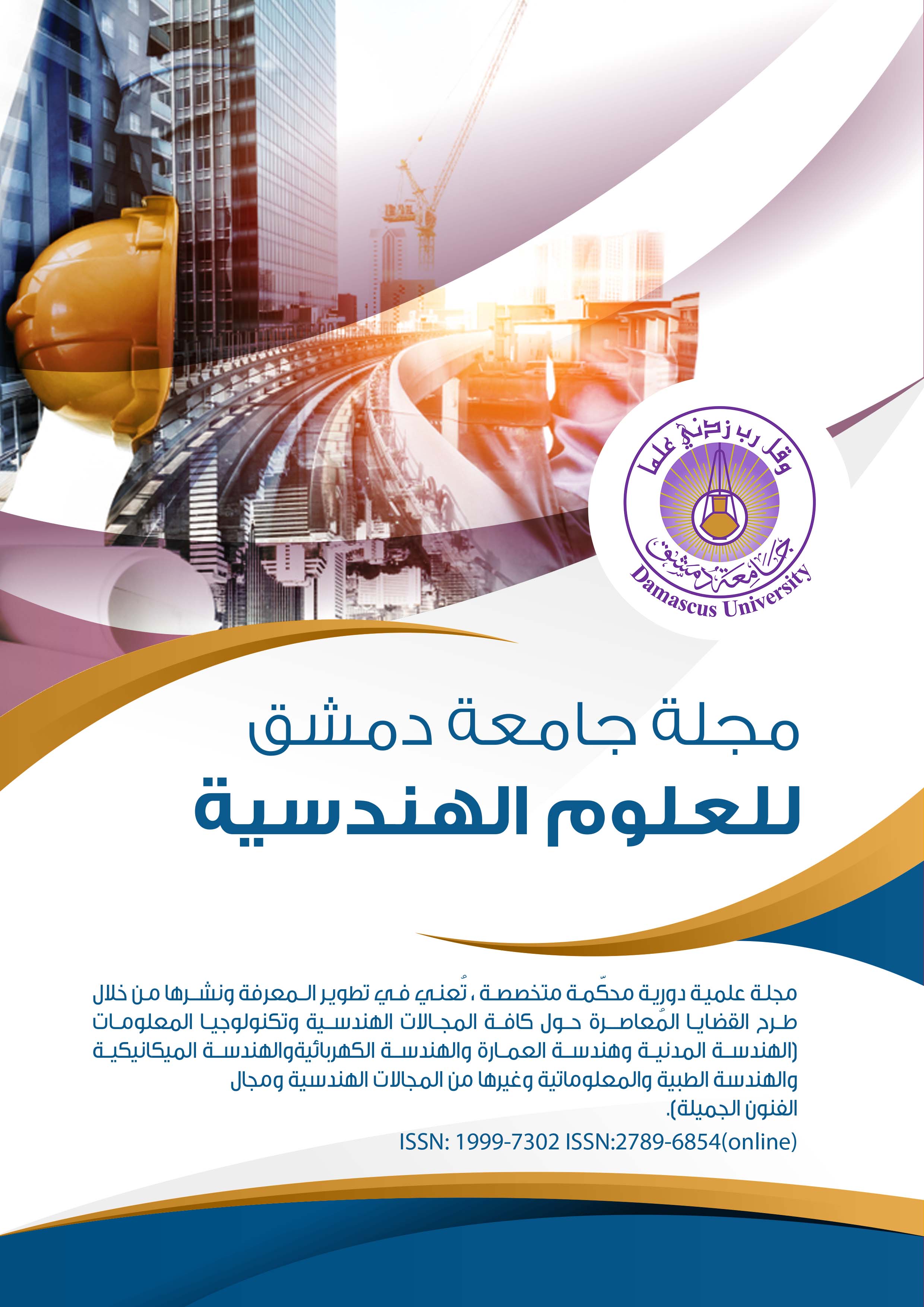Evaluation of Cotton Fabric Dyeing Process Using Ultrasound Waves Technique
Keywords:
Wet processing, Reactive dye, Ultrasound waves, Image processing, PixelsAbstract
Dyeing is considered to be the most important process of textile wet processing, many of whose problems are the harmful effects on environment and the consumption of huge amounts of water and energy; accordingly new techniques such as the ultrasound waves (US waves) were used to avoid these problems. This research aims to investigate the effect of using US waves on dyeing process. Dye concentration and temperature of dye bath were also studied. 100% cotton samples with plain weave 1/1 were dyed traditionally and by using US waves. Reactive dye with two different concentrations (1% and 5%) and two different temperatures (50C̊and60C̊) were set as the condition of dyeing process. In this study, image processing technique was used to determine the number of points of each sample image (pixels) which was considered as a measure of color intensity and taken as a dependent factor. Color fastness of dyed samples to washing was also carried out. Analyzing the results statistically at a significance level of 5% proved that dyeing method, dye concentration, process temperature and these factor interactions have affected the dependent factor. Furthermore, dyeing with US waves at the selected conditions increased the color intensity and improved color fastness of dyed samples to washing comparing with traditional dyeing. Moreover, it was found that the new technique minimized the necessary time to complete the dyeing process and gave at dyeing temperature of 50C̊nearly the same (pixels) of traditionally dyed samples but at less dyeconcetrationwhich in turn support the economical aspect of this method.

